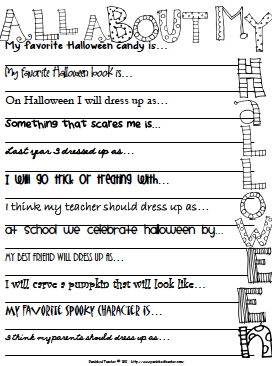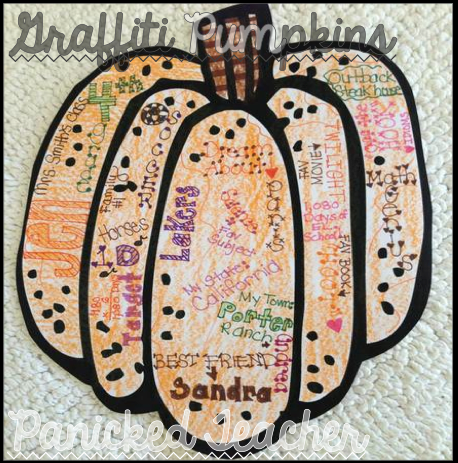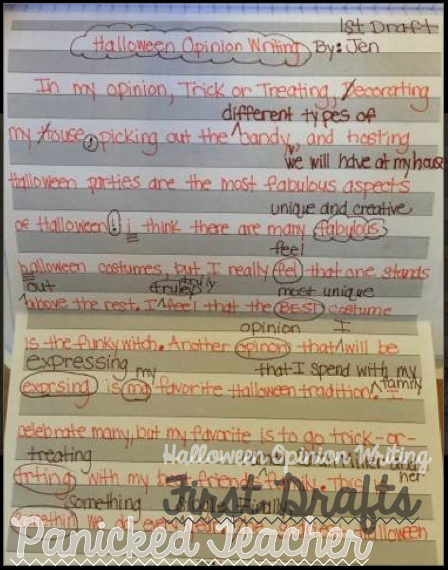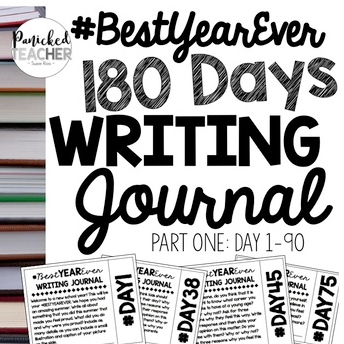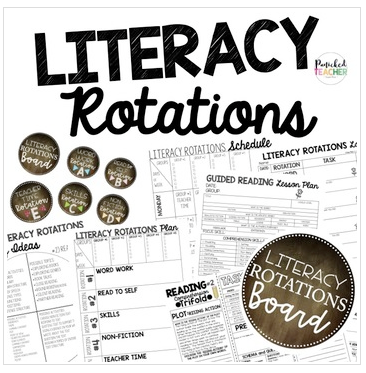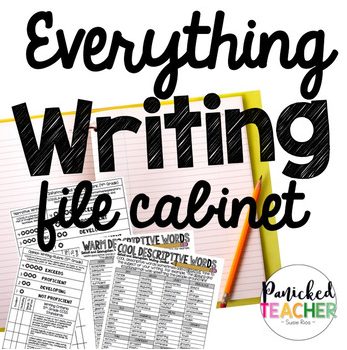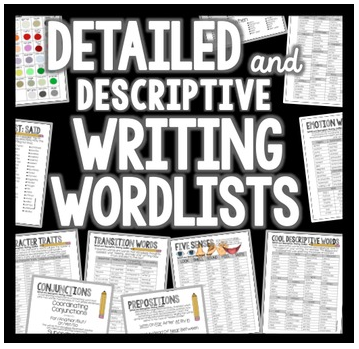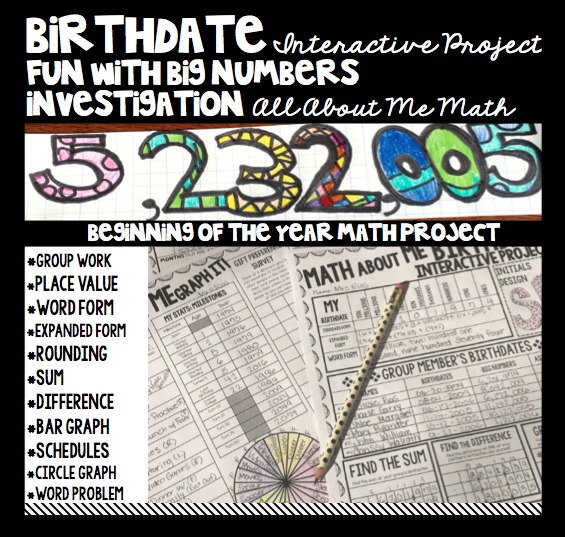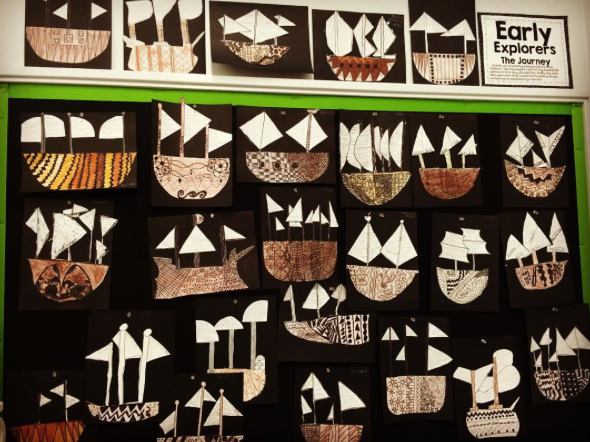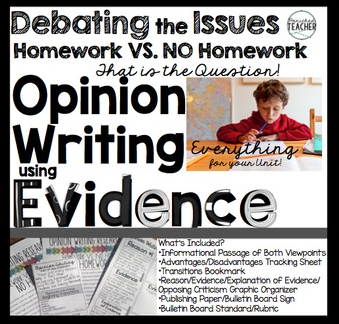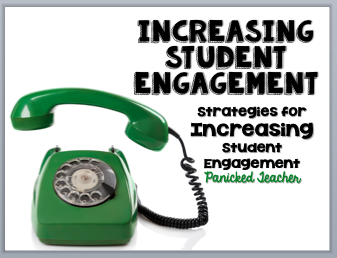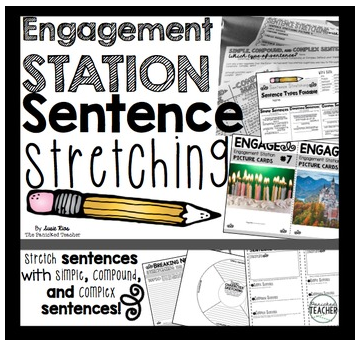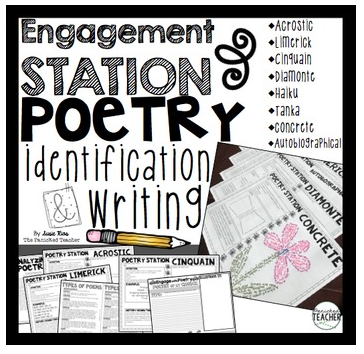I am trying to incorporate different art techniques into my lessons as much as possible this year because my students will only have a visual arts teacher for 9 weeks this school year. The rest of the year it is pretty much up to me. One art form I have been dying to try with the kids is Zentangle! Have you heard of it? Prior to starting Zentangle with my students, I did some research on this art form. Zentangle is a combination of drawing intricate lines, fancy doodling, and repetitive patterns that really encourages creative expression! Turns out zentangle will benefit the students in SO many ways. Especially in:
Materials Needed:
White Construction Paper
Black Sharpies
Orange Watercolor Paints
Orange Chalk
Orange Watercolor Pencils
Step #1) Rough Drafts
I had the students choose the direction of their paper. They needed to draw a LONG oval in the middle of the paper and cresent moons on the sides to make their shape of the pumpkin.
*handwriting
*eye/hand coordination
*problem solving
*cross-cultural understanding
*relaxation/focus
*confidence
The fact that this art form would help the kids in all these areas (especially relaxation and focus) I was hooked! Since Halloween is around the corner, I decided to have the students make Fall Pumpkins with Zentangle. First, I had to gather up all the necessary materials. Materials Needed:
White Construction Paper
Black Sharpies
Orange Watercolor Paints
Orange Chalk
Orange Watercolor Pencils
Step #1) Rough Drafts
I had the students choose the direction of their paper. They needed to draw a LONG oval in the middle of the paper and cresent moons on the sides to make their shape of the pumpkin.
Step #2) Add Repetitive Pattern Designs
Next, we talked about different patterns that that they could draw in each section. I found this website that shows MANY examples of different patterns that the students could use. Click here to be taken there. Students got busy drawing their patterns and were loving it. Here is an example of a finished rough draft.
Step #3) Trace with Sharpie
Now it was time for the students to go over the lines with a black sharpie. They also made sure to completely fill in the shaded areas with black.
Step #4) Add Watercolor Pencil
Next, it was time to add water color pencil along the main lines of the pumpkin for shading/darkness.
Step #5) Blend and Add Media for Color
Finally, the students used water and brushes to blend everything together. Some students added watercolor paints for added color. Others added orangish chalk to make them even more vibrant when the pumpkins were dry. Here is how they turned out!
Step #6) Display!
They are so much fun to have up in the room and added the PERFECT amount of color.
Have you tried Zentangle (or are you wanting to try Zentangle) with your students?












